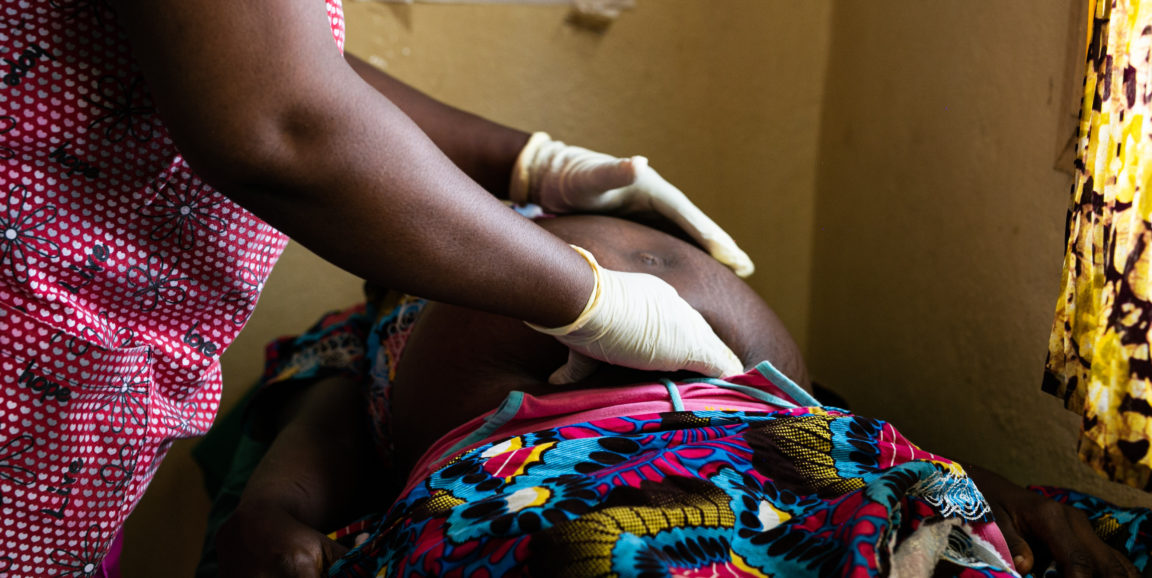A blood test that predicts if a baby will be born prematurely has been shown to work well in pregnant women in several developing countries, according to a new Stanford-led study. The method can also predict how long a woman has been pregnant.
The test, which builds on a similar test invented at Stanford in 2018, has the potential to improve prenatal care in low- and middle-income countries, where the majority of the world's premature babies are born. Validating the testing technique in diverse populations is an important step in making it useful for everyone.
The study, published recently in JAMA Network Open, was conducted in collaboration with scientists, health care workers and pregnant women in five locations in Zambia, Tanzania, Pakistan and Bangladesh. Premature birth -- when a baby is born three or more weeks early -- happens for a variety of reasons, with genetic, environmental and immune-system factors all potentially contributing.
When the research began, the scientists weren't sure whether the biological reasons for early delivery would be the same across the different populations of women in the study.
"One of our most exciting findings is that there were shared biological pathways associated with preterm birth across these five different groups of pregnant women," said the study's senior author, Nima Aghaeepour, PhD, assistant professor of anesthesiology, perioperative and pain medicine.
Enough of the biological process behind prematurity was shared that the researchers could develop a single test to predict early births for women from all five sites in the study. They were also able to develop a test that predicted due dates in all five populations of pregnant women.
Improving prenatal care
Prematurity is the leading cause of death for children younger than 5 worldwide, and doctors need effective methods to predict and prevent it. In addition, many pregnant women around the world don't have access to prenatal ultrasound scans, the gold standard for determining due dates. Having simple, inexpensive tests would improve prenatal care.
In an earlier Stanford study, scientists measured thousands of tiny fragments of genetic material, called cell-free RNA, in maternal blood. They identified which bits of cell-free RNA signaled a future premature delivery, and which maternal, placental and fetal genes these RNA fragments came from.
The new study expanded and improved the technique's accuracy. The research followed a general principle of measuring thousands of biological molecules in blood and urine, basically everything it is possible to measure, then sifting through the data using machine learning algorithms to determine which molecules change in concert with pregnancy.
The study included 81 pregnant women at the five sites. Half of the women had premature deliveries and half had full-term pregnancies. The researchers assessed cell-free RNA in the women's blood throughout pregnancy. They also determined the identities and levels of all of the proteins circulating in maternal blood, and all metabolites in maternal urine.
From this information, researchers pinpointed a small set of biomarkers for premature birth and another set that predict a pregnancy's gestational age, or how long the woman has been pregnant, which is related to the due date.
Study as proof-of-concept
The logistic challenges of collecting, storing and transporting the biological samples needed for the study were substantial, the researchers said. Samples had to be stored at -80 degrees Celsius and kept cold while they were transported around the world to Stanford for analysis. An interdisciplinary group of Stanford labs contributed to the project, including those of scientists Brice Gaudilliere, MD, PhD; Martin Angst, MD; Stephen Quake, PhD; and Michael Snyder, PhD.
"The study itself is a proof of concept showing that bio-repositories can be maintained with quality even within low- and middle-income countries," said the lead author, Fyezah Jehan, MBBS, associate professor of pediatrics and pediatric infectious disease at the Aga Khan University in Pakistan.
The researchers forged trusting relationships with leaders in communities where the project took place, Jehan said. "In almost all of the sites, primary field workers, nurses and midwives were hired from within the communities, creating both buy-in and economic growth opportunities," she said.
While there is work ahead to get the blood and urine tests ready for widespread use, the team is hopeful about what's next.
"This gives us the opportunity to develop drugs and other interventions to try to prevent preterm birth," said Aghaeepour. "It's very exciting."
Image by Belen B Massieu




